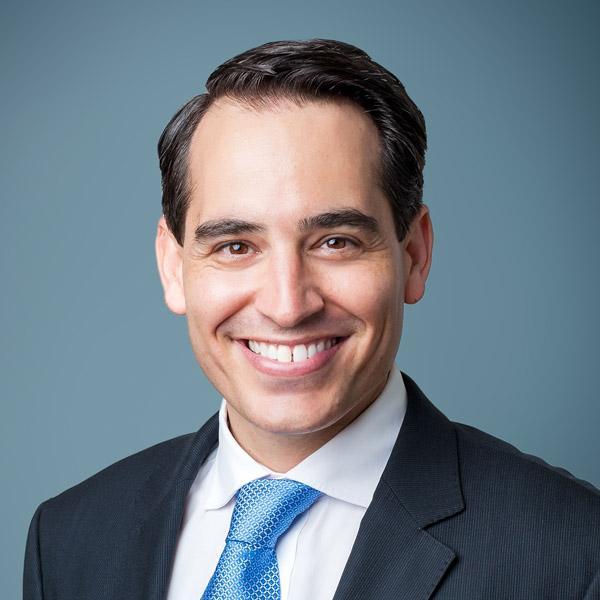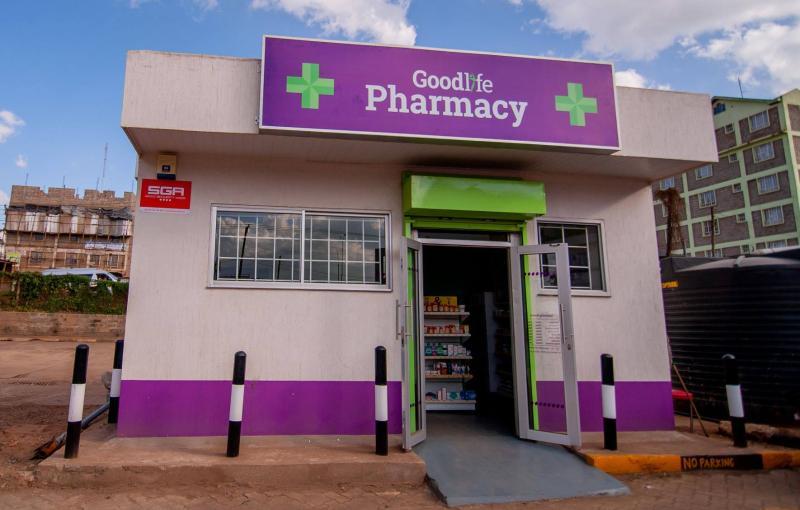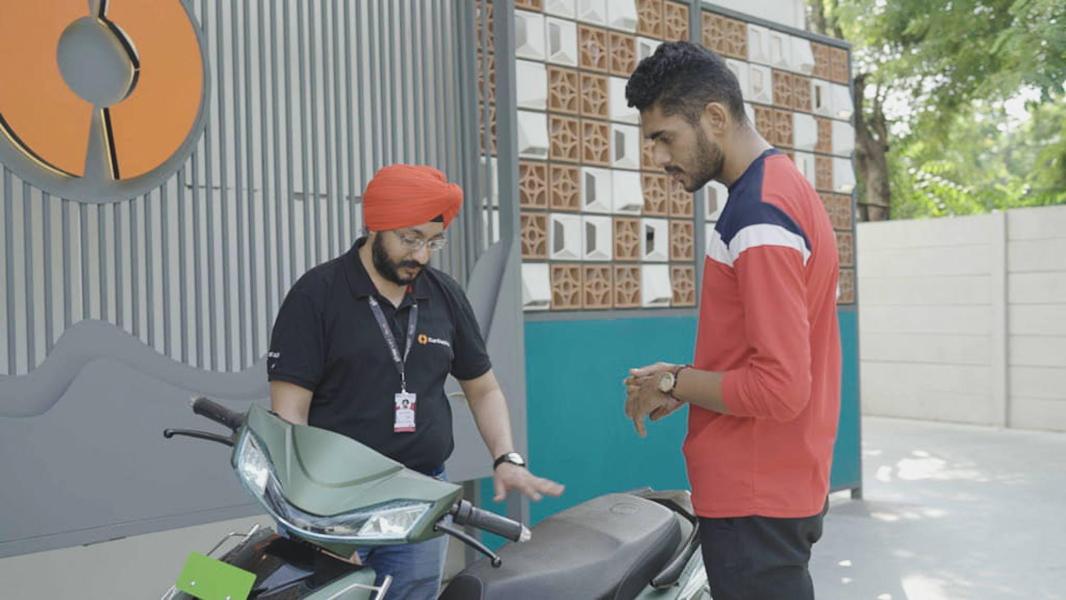An investment fund helps millions of people rise out of poverty, bringing healthcare to underserved communities and boosting local economies in Africa and Asia
In 1997, Andy Kuper was doing development work in the Thar Desert in India, trying to get Indian farmers to adopt drip irrigation. Making this change would triple their productivity and lift them out of poverty. But no matter how hard he tried, the farmers just wouldn’t do it.

“At the time, I thought they were being irrational, but later I realized that it was me who was being irrational,” Kuper says. “Quite understandably, these farmers were not prepared to take the risk of doing something new and seeing their crops fail as a result. For them, this would have meant that their families starved.”
For the next decade, Kuper kept thinking that there must be a way to get the Indian farmers a safety net. Only then could they take the risk that would lead them to a better financial situation.
In 2007, Kuper founded LeapFrog Investments to open the gates of the capital markets to “purpose-driven” businesses that serve the growing population of emerging consumers.
"From its inception, the central premise of LeapFrog’s approach has been that there is synergy between profit and purpose,” says Kuper. “Every low-income person that buys a product or service from a LeapFrog company is positively impacted, and also registers on the revenue line (and ultimately in any profits).”
Since then, LeapFrog’s companies have served over 492 million people, 320 million of whom are living on less than $11.20 a day. LeapFrog has raised more than $2.5 billion across a number of funds, each of which invests in businesses which provide essential services for underserved populations. The European Investment Bank has supported LeapFrog since the beginning and, so far, has invested $125 million with the firm.
- Read about how two venture capital funds empower technological entrepreneurs and create jobs for young people and women in the Middle East and Africa
Springboards and safety nets
Half of the world‘s population lives on less than $6.85 a day. These low-income people are disproportionally affected by crises.
Low-income people need a full suite of financial tools to protect themselves and to thrive – micro insurance, micro pensions, and savings, as well as credit, remittances, and payments. “These billions of people are not passive beneficiaries of aid,” Kuper says. “They’re individuals willing to work hard and change their own lives and communities. They just need access to the services and products that empower them to rise.”
Health is wealth
Low-income people also require healthcare, which is why LeapFrog invested in the sector after microinsurance. Healthcare shocks can easily strain household finances and leave people in poverty as well as in ill-health.
Kenya's medicine supply chain has been traditionally unreliable, resulting in preventable diseases and high mortality rates. In addition, half of all Kenyans had their first experience with the health care system through pharmacies instead of hospitals, which are often far away, overcrowded and understaffed.
That’s why LeapFrog’s first healthcare investment was in Goodlife Pharmacy. At the time of investment, Goodlife was a small chain of 19 Kenyan retail pharmacies. In just six years since LeapFrog’s investment, Goodlife has expanded to more than 120 health hubs across both Kenya and Uganda, offering various medicines, telemedicine, pathology, nutritional advice and more. Today, it is East Africa’s largest pharmacy chain and largest retail healthcare provider.

Goodlife has reinvented an infrastructure-light, modular, and localised model for healthcare delivery in emerging markets
Profit with purpose
In LeapFrog’s first fund in 2007, the European Investment Bank was the anchor investor, committing $20 million of a $44 million first close under the Cotonou mandate. The Bank also supported LeapFrog in all its subsequent funds, the last time as recently as 2022.
“What really stands out to me about these funds is their sheer size,” says Nur Özdemir, an investment officer at the European Investment Bank. “We have been working with the firm since the start and every few years they approach us with a new investment idea which they then successfully implement.”
With the Bank’s financing, Leapfrog has changed hundreds of millions of lives, but the investment firm has even bigger plans: “Our goal is for LeapFrog companies to reach 1 billion low-income consumers by 2030. We will achieve this by continuing to back innovative entrepreneurs and business models that are disrupting traditional industries and markets,” says Kuper.
Women and climate action
At the beginning, Leapfrog set out to reach 15 million women and children with essential services. “Today, we have reached over 240 million women and girls in over 30 markets, with profound implications for inclusion and empowerment,” says Kuper.
Improving a woman’s access to essential services can have significant knock-on effects for a household. However, women continue to be disproportionately underserved by traditional financial and healthcare products.
In markets such as India, women entrepreneurs make a significant contribution to the economy through micro, small and medium-sized enterprises. But lending to these businesses is limited. Less than 10% of women-owned businesses have access to finance.
That’s why LeapFrog invests in firms that have a strong gender component. One of them is Northern Arc, a debt finance company in India. At Northern Arc, 91% of loan recipients are women, and 88% of clients cite an increase in quality of life after taking out a loan.

CarDekho is a leading auto-tech and mobility financing company in India
To address the urgent need for climate solutions in their target markets, LeapFrog launched a Climate Investment Strategy to invest in innovative companies which are creating green solutions for emerging consumers. Their investment in India’s leading car search platform, CarDekho, for example, is helping to drive the country’s electric vehicle revolution by supporting the uptake of electric scooters and two-wheelers. Four million searches for electric vehicles are conducted on the company’s platforms each month. Unless companies like CarDekho do this, the world has very little chance of limiting global warming to 2 degrees, let alone 1.5 degrees.
There is a growing 'green discount' in areas such as energy efficiency and agriculture systems, with products and services that are cheaper and cleaner than existing carbon-emitting alternatives. The is helping to scale companies that provide these products and services.
“The consumer behaviour of emerging markets can swiftly transition beyond expensive and highly polluting business models to new low-carbon and climate-change resilient technologies,” says Kuper. “After all, hundreds of millions of low-income customers have leapfrogged traditional telecommunications and banking models in recent years.”
